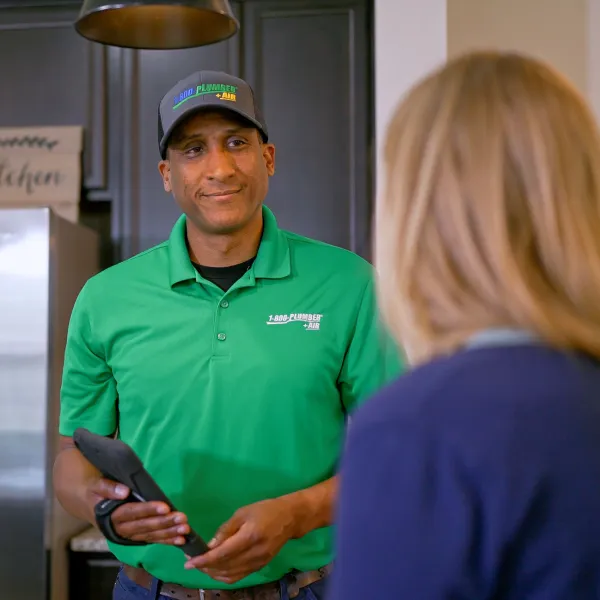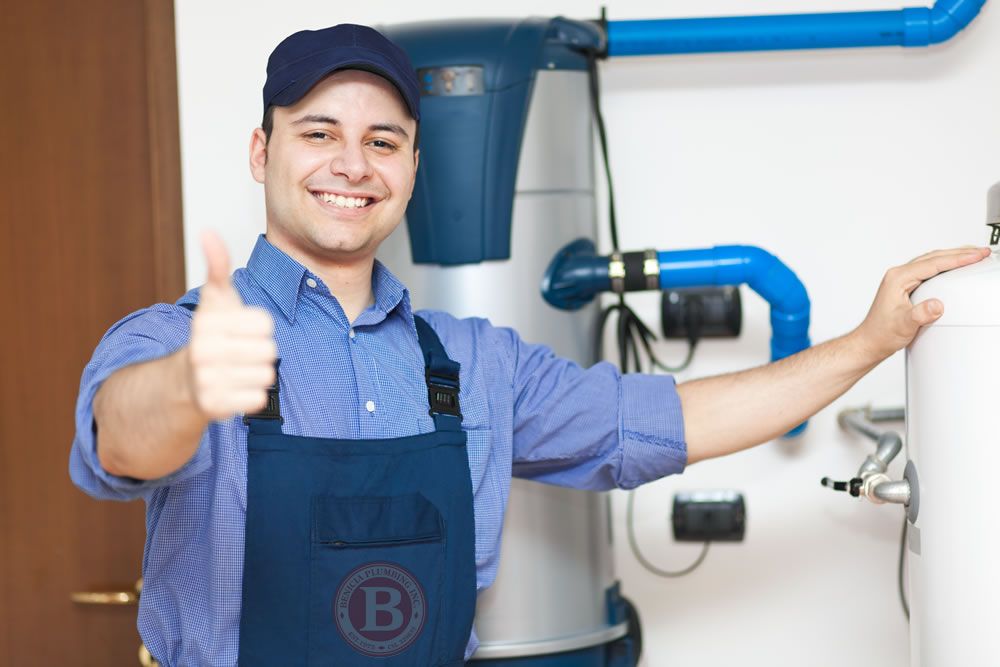Trustworthy Plumber Alabaster AL for All Your Emergency Needs
Trustworthy Plumber Alabaster AL for All Your Emergency Needs
Blog Article
A Step-by-Step Guide to Reliable Water Heating Unit Installation for Optimal Efficiency
Starting the task of installing a water heating system is an endeavor that demands accuracy and an organized technique for accomplishing optimum efficiency. The procedure begins with the crucial choice of choosing the suitable heater tailored to the certain demands of your house, thinking about factors such as dimension, energy, and type resource. When picked, preparing the installment location to meet safety standards is paramount. Nonetheless, the journey doesn't end here. As you proceed, the details of attaching supply of water lines and setting up dependable electric or gas links wait for, encouraging understandings right into making certain performance and integrity.
Choosing the Right Hot Water Heater

Next, think about the size and ability of the hot water heater. It's crucial to evaluate your household's warm water requirements, which can differ based on the variety of passengers and their usage patterns. An unit that's too small may result in inadequate warm water, while an extra-large design could cause unneeded energy intake.
Performance scores also play a pivotal function in choice. Seek water heating units with high Energy Variable (EF) rankings, showing remarkable performance and lowered energy usage. Tankless versions, though normally much more pricey upfront, offer substantial power financial savings with time because of their on-demand heating abilities.
Preparing the Installation Area
Before mounting a new water heating unit, meticulous prep work of the setup area is important. It's crucial to determine the area carefully to accommodate the water heater's measurements, making sure sufficient clearance around the unit for efficient operation and maintenance.
Following, remove any debris, dust, or obstructions from the site to develop a clean environment. Inspect the floor for stability, as the water heating system will need a strong, degree surface area to run efficiently. If needed, set up a drip pan below the system to catch possible leaks or spills, preventing water damage to the surrounding location. In areas prone to seismic activity, think about setting up seismic straps to protect the heater firmly in position.
In addition, ensure that all required devices and materials get on hand prior to starting the installation. This includes items such as wrenches, screwdrivers, a degree, and any extra hardware required for installing and safeguarding the heater. A well-prepared installation area sets the structure for an effective water heater arrangement, maximizing performance and security.
Connecting Water Supply Lines
When attaching water supply lines to your newly installed hot water heater, it is critical to make sure that all connections are leak-free and secure to keep efficient operation and prevent water damages. Begin by determining the cold and hot supply of water lines. The cool water inlet is generally noted with a blue label or a "C", while the warm water electrical outlet is noted with a red label or an "H".
Usage adaptable water heating unit connectors to help with an easier setup procedure. Before connecting the connectors, position a plumber's tape around the threaded ends of the water heating system's inlet and electrical outlet pipes.
Once connections remain in area, slowly transform on the major supply of water shutoff. Evaluate each connection for leakages by aesthetically really feeling and checking for moisture. Tighten up connections as needed, site here and make sure the pressure alleviation valve is properly installed, safeguarding versus too much stress accumulation.
Establishing Up Electrical or Gas Connections
Properly setting up the electric or gas links for your water click this link heating system is an important step to make sure effective and safe operation. For electrical water heating units, start by confirming that the electric circuit is compatible with the heating unit's voltage and amperage requirements.
For gas hot water heater, safety and security is vital. Confirm that the gas supply is off prior to proceeding. Attach the gas line to the water heater using an adaptable gas connector, ensuring it is correctly threaded and secured with pipeline joint substance or Teflon tape appropriate for gas links. Tighten up the links with a wrench, taking care not to over-tighten (Plumbing Alabaster AL).
When connections are made, examine for any type of prospective leakages. For gas lines, use a soapy water remedy to the joints; bubbles indicate a leak. For electric connections, double-check that all electrical wiring is safe and appropriately insulated, preserving conformity with neighborhood electrical codes.
Testing and Readjusting for Performance
With the electrical and gas connections securely in area, the following step is evaluating the functional effectiveness of your hot water heater. Begin by carefully turning on the water supply and guaranteeing there are no leaks at any have a peek at this website of the shutoffs or joints. Once confirmed, continue to fill the container, focusing on the stress and temperature level setups. It is suggested to establish the thermostat to a recommended temperature of around 120 ° F(49 ° C) to balance energy effectiveness and comfort.
Next, execute a comprehensive inspection to guarantee the burner or burner are operating properly. For electric heating units, make use of a multimeter to validate if the elements are drawing the ideal present. In gas models, observe the burner flame; it must be consistent and blue, showing effective burning.
Change the settings as necessary to eliminate ineffectiveness. Consider implementing insulation steps, such as adding a hot water heater blanket, to further improve efficiency by lessening warm loss. Additionally, check the anode pole's problem, as a deteriorated pole can minimize efficiency and lead to tank deterioration.
Verdict
Effective water heating unit installation is vital for ensuring optimum efficiency and power cost savings. Safely linking water supply lines and thoroughly establishing up electric or gas links lessen potential concerns.

Effectively establishing up the electric or gas connections for your water heating system is a critical action to make sure risk-free and efficient procedure. For electric water heating systems, start by validating that the electric circuit is compatible with the heating unit's voltage and amperage demands. Link the gas line to the water heater utilizing a flexible gas connector, ensuring it is properly threaded and secured with pipe joint compound or Teflon tape ideal for gas links.
Report this page